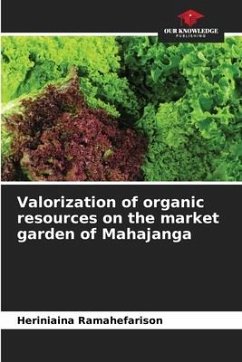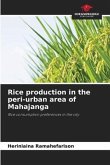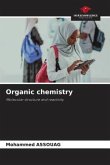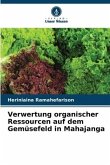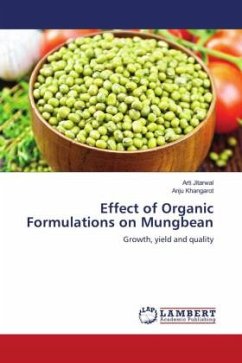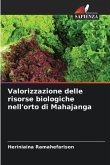In the peri-urban area of Mahajanga, pollution comes from both production units and consumption units of organic waste products. The lack of organic matter collection in small-scale livestock farms and the fertilization practices of market gardeners, which combine repeated organic and mineral inputs at high doses due to the functions attributed to manure, lead to substantial losses of elements that are harmful to the environment in the city. Reasonable fertilizer and organic matter inputs as well as the organization or implementation of an appropriate structure for the collection of organic waste from the farms would make it possible to limit leakage to the environment. This fertilization formula remains to be determined because the effects of daily watering and the nutrients brought by water as well as the mineralization of nitrogen from endogenous organic matter with the hot and dry climate of Mahajanga must be taken into account.
Bitte wählen Sie Ihr Anliegen aus.
Rechnungen
Retourenschein anfordern
Bestellstatus
Storno

